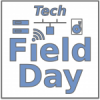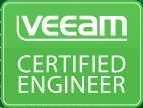 Reading Time: 3 minutes
Reading Time: 3 minutesTech Field Day events bring together innovative IT product vendors and independent thought leaders to share information and opinions in a presentation and discussion format. Independent bloggers, freelance writers, and podcasters have a public presence that has immense influence on the ways that products and companies are perceived and by the general public. The world of media has changed, with social media and blogging gaining special importance.
But first to all, in my opinion, is a community event for the community: each session is live and available on YouTube and Vimeo some hours after, completely for free and to everybody (and you cannot miss them as also explained on this post: why you need to be watching Tech Field Day).













